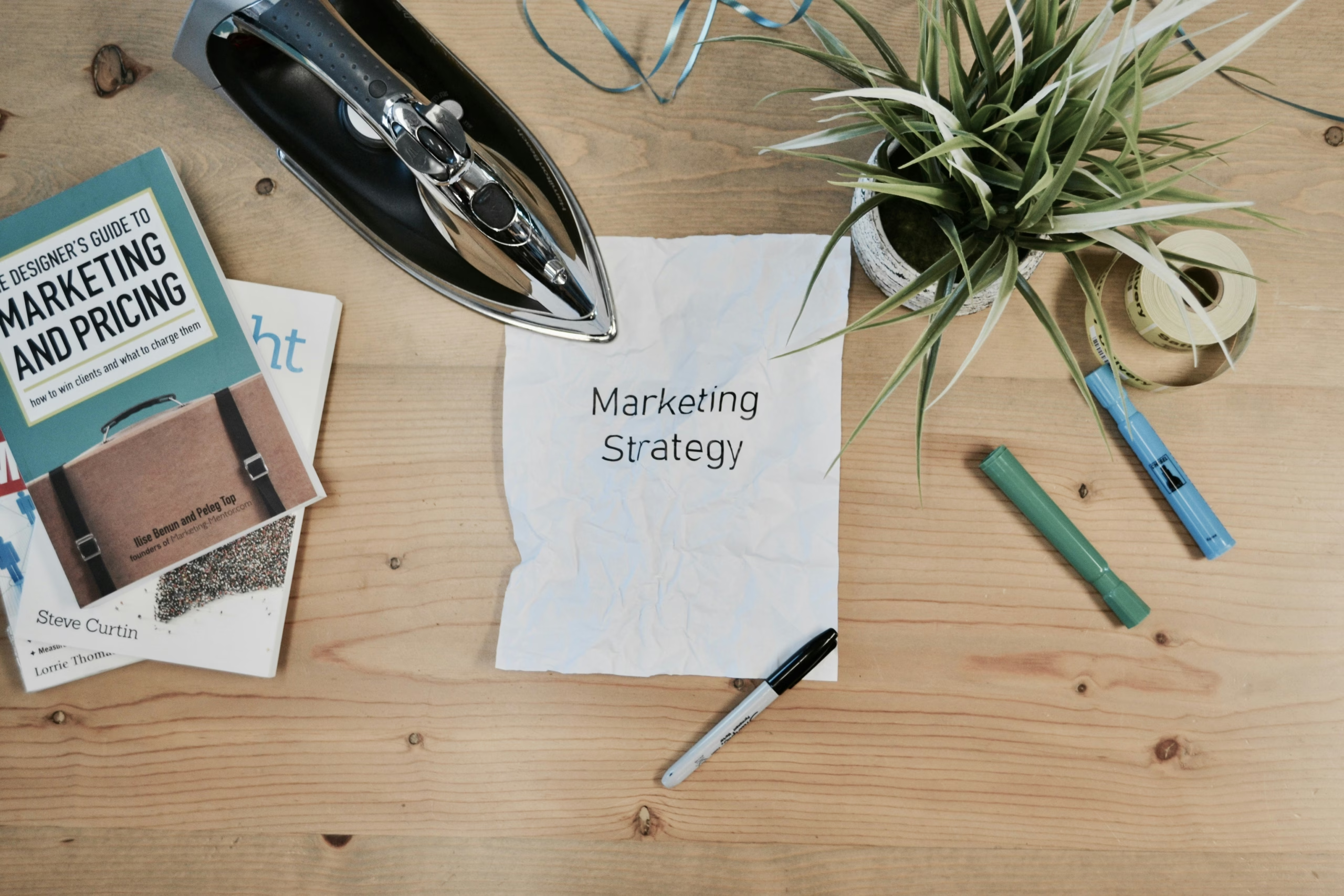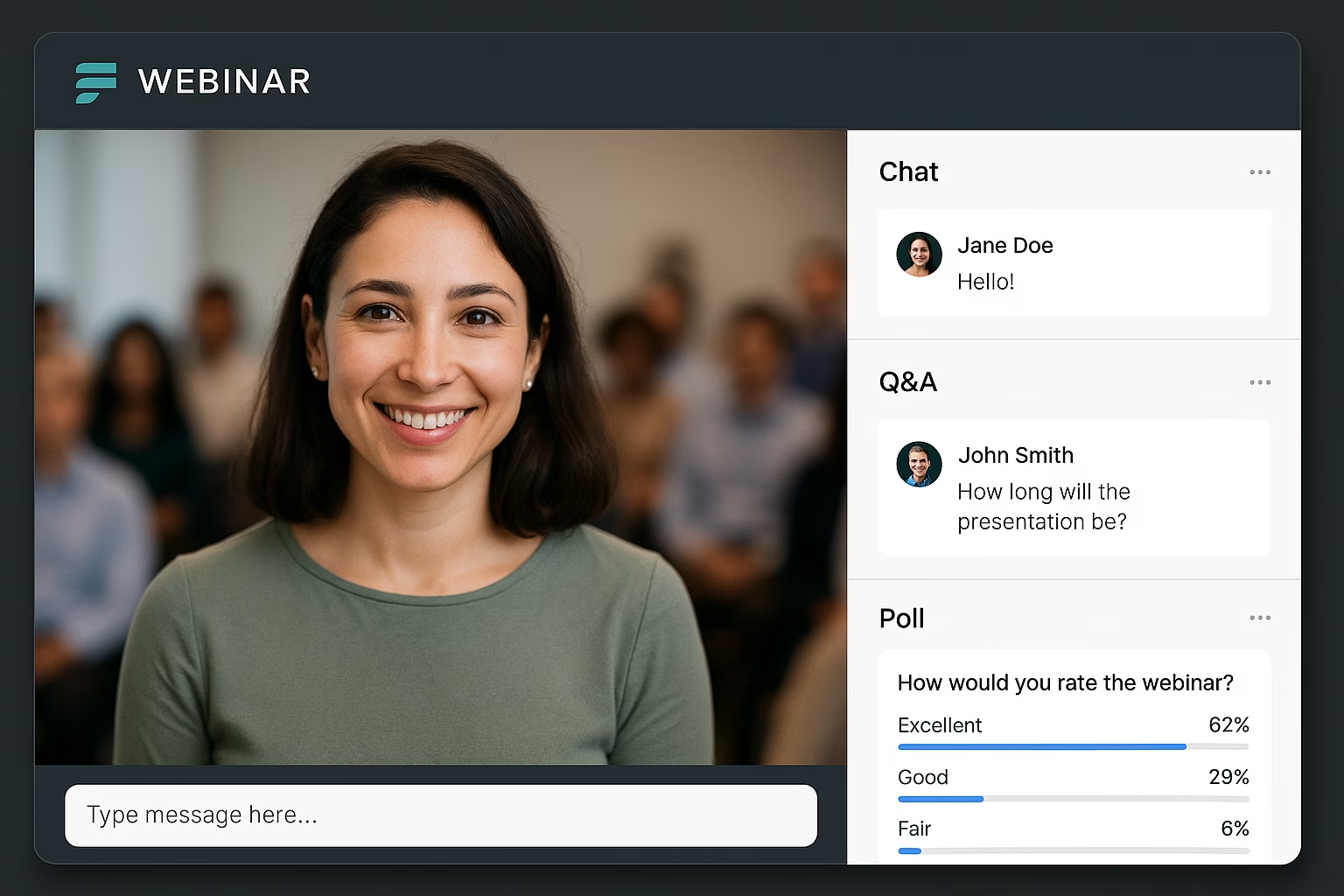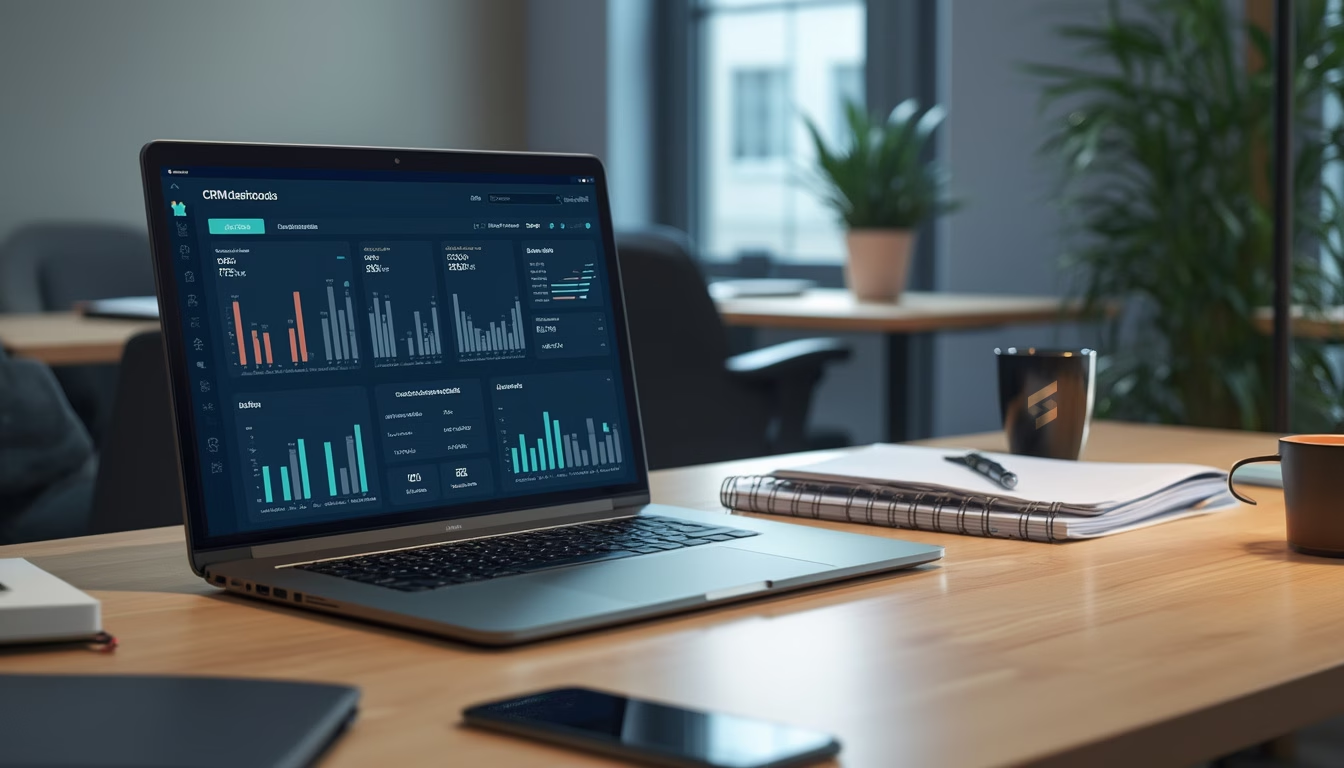By Martin H. Morrissette, Sirocco CMO – Book time with me
B2B email marketing can feel overwhelming. The challenges are many: crafting messages that resonate with diverse business audiences, cutting through the clutter of overflowing inboxes, and accurately measuring the impact of your campaigns. We understand these struggles firsthand. That’s why we’ve created this quick guide, aimed at demystifying B2B email marketing and making it more manageable. Drawing from our extensive experience as a leading business consultancy, we provide practical advice on everything from identifying your target audience to crafting compelling content and evaluating your campaign’s success. Ready to transform your B2B email marketing efforts? Let’s dive in and unlock the secrets to success together.
Understanding the B2B landscape
B2B email marketing presents distinct challenges and unparalleled opportunities compared to its business-to-consumer (B2C) counterpart. The objective goes beyond merely reaching an audience; it’s about engaging the right businesses at precisely the right moment with a message that resonates deeply. One could argue the stakes are higher in B2B marketing, where purchase decisions involve multiple stakeholders and extended sales cycles. Factors such as stringent inbound filtering, non-human interactions like bot clicks, and diverse opt-in processes can significantly impact the success of your email campaigns. Moreover, the need for a highly targeted approach is crucial, as the audience is often more discerning and has specific, sophisticated requirements. Recognising these complexities allows you to refine your strategies, ensuring that your communications cut through the noise and connect more effectively with your target audience. This involves leveraging advanced data analytics to understand your prospects’ behaviours and preferences, enabling you to craft personalised messages that speak directly to their needs and/or pains. Additionally, staying on top of compliance regulations such as GDPR is vital to gaining (and maintaining) trust and credibility. Address these unique hurdles head-on and you can transform potential obstacles into opportunities for deeper engagement and stronger business relationships. The key is to adopt a strategic mindset that prioritises precision, relevance, and value in every email interaction. With a well-thought-out approach, B2B email marketing can become a powerful tool for driving business growth and fostering long-term partnerships.
Segmentation & personalisation
A deep understanding of your target audience forms the foundation of any successful email marketing strategy. In B2B marketing, this means identifying businesses that will benefit most from your offerings and services. Thorough market research, customer segmentation, and developing detailed buyer personas are crucial steps. By clearly defining your buyers, you can craft messages that resonate more deeply, enhancing the likelihood of conversion now or at a later stage of your nurturing journey. Segmentation and personalisation are essential components of an effective B2B email marketing strategy. Sending generic emails to your entire contact list is unlikely to yield the desired results. Instead, segment your email list based on criteria such as industry, company size, role within the company, and – if applicable – past interactions with your brand. Tailoring your content to address the specific needs and pain points of each segment can significantly improve engagement and conversion rates.
Crafting compelling subject lines and email content is critical in capturing the attention of busy professionals. Your subject line should be concise, clear, and enticing enough to prompt recipients to open the email. Once opened, the email content must deliver value immediately. Let’s break down the anatomy of a perfect B2B email:
- Sender: The ‘From’ name should be recognisable to the recipient. This could be a company name or (often better) a specific person within the company. A trustworthy sender name can significantly improve open rates.
- Subject Line: This is your first impression. Make it concise, clear, and enticing. Personalise it if possible, e.g. using the prospect name and/or company name. Generate a sense of urgency without being spammy or pushy.
- Preheader Text: This is a short summary text that follows the subject line when an email is viewed in the inbox. Use this space to provide a bit more context for what’s inside the email.
- Personalised Greeting: Address the recipient by their name to make the email feel more personal and less like a mass message.
- Introduction: Briefly introduce yourself and the purpose of your email. Focus on addressing the recipient’s challenges and linking them to your solution.
- Body: This is where you provide the value you promised in the subject line and introduction. Keep your language professional yet engaging, and avoid jargon.
- Call-to-Action (CTA): Direct your reader on what to do next. Make your CTA clear and compelling. Avoid having multiple CTAs.
- Signature: End with a professional signature that includes your contact information.
Maintaining an omnichannel presence is also important, but that might be a topic for another blog post. Keep in mind businesses research, compare, and make purchasing decisions across multiple platforms and channels. Embracing omnichannel marketing allows you to maintain a presence wherever your prospects are in their buying journey, ensuring a smooth and integrated experience. This consistent engagement across various touchpoints can significantly influence their decision-making process. And also remember that in B2B selling you typically have to engage and impress multiple stakeholders.
Optimising (and measuring) your email marketing efforts
Lead qualification is essential for optimising your email marketing efforts. Not all leads hold the same potential for conversion. By evaluating the fit and interest level of each lead, you can prioritise those with the highest likelihood of converting. This focused approach not only improves efficiency but also maximises the impact of your marketing efforts. Once you have identified and qualified your leads, nurturing and educating them becomes the next crucial step. Providing valuable content that guides them through their buyer’s journey is paramount. Whether through informative blog posts, insightful case studies, or engaging webinars, your aim should be to deliver value, build trust, and position your business as an ideal solution to their needs.
Automating your email campaigns can enhance efficiency and ensure timely communication with your leads. Use marketing automation tools to send personalised emails based on specific triggers, such as user behaviour or time intervals. Automated workflows can help you stay top of mind with your prospects without overwhelming your team with manual tasks. And remember, testing and optimising your email campaigns is vital to improving their effectiveness. A/B testing allows you to experiment with different subject lines, email designs, and content to see what resonates best with your audience. Analyse the results to gain insights and refine your strategy. Continuously optimising your email campaigns based on data-driven decisions can lead to better engagement and higher conversion rates.
How do you know your B2B email marketing strategy is working? By tracking key metrics and key performance indicators (KPIs), such as open rates, click-through rates, conversion rates, and ROI, you can evaluate the effectiveness of your efforts. Gaining insights into what works and what doesn’t allows you to make data-driven decisions to optimise your approach. Our experienced team can help you come up with appropriate KPIs and help you build meaningful dashboards and reports.
Where to start?
And there you have it! We’ve walked through the maze of B2B email marketing together, and hopefully, it’s looking a little less daunting now. Remember, it’s all about understanding your audience, crafting personalised content, and measuring your success. And don’t worry, you’re not alone in this. We’re here to help you every step of the way, from strategy to implementation and execution. So, let’s roll up our sleeves, dive into the world of B2B email marketing, and achieve some truly remarkable results together. Ready to get started?
By the way – leveraging leading email platforms such as Salesforce, Microsoft, and HubSpot can significantly enhance your B2B email marketing efforts. These platforms offer robust tools for segmentation, personalisation, automation, and analytics, making it easier to craft and deliver targeted messages that resonate with your audience. Salesforce, for instance, provides advanced capabilities for customer relationship management (CRM), allowing you to track interactions and tailor your communication based on comprehensive customer data. Microsoft’s suite integrates seamlessly with other productivity tools, enabling streamlined workflows and enhanced collaboration within your team. HubSpot excels in marketing automation, offering intuitive features for creating personalised email campaigns and nurturing leads through the sales funnel. By utilising these powerful platforms, you can optimise your email marketing strategy, ensure timely and relevant communication with your prospects, and gain valuable insights to continuously improve your campaigns.
Further Reading
For more insights and information, you may refer to the following resources:










